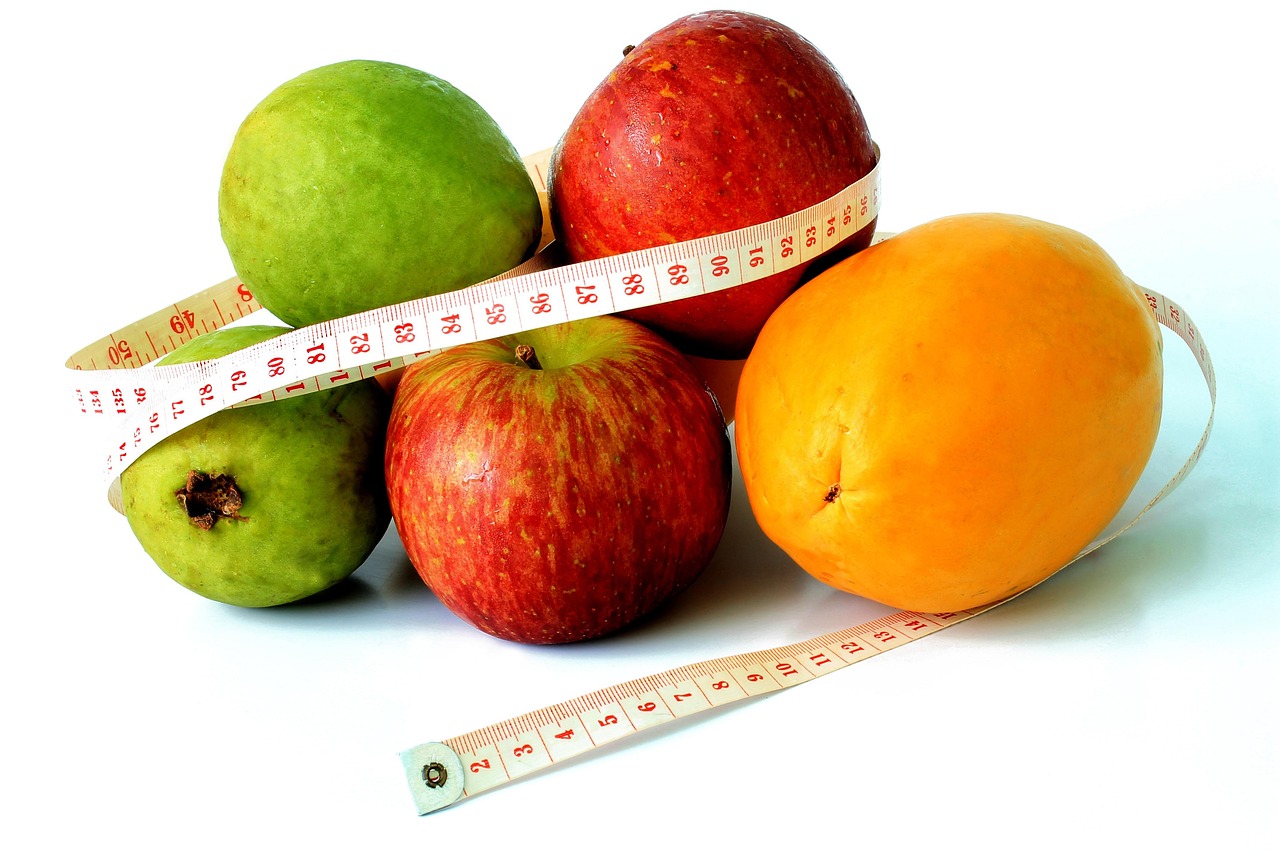XML to JSON
XML ke JSON mengacu pada proses atau alat yang mengubah data dari format XML (Extensible Markup Language) menjadi format JSON (JavaScript Object Notation). Konversi ini berguna ketika Anda perlu mengubah data hierarki yang diberi tag (XML) menjadi struktur pasangan nilai kunci (JSON) yang lebih ringan yang umum digunakan dalam aplikasi web, API, dan sistem pemrosesan data modern.
XML to JSON refers to the process or tool that converts data from XML (Extensible Markup Language) format into JSON (JavaScript Object Notation) format. This conversion is useful when you need to transform hierarchical, tagged data (XML) into a more lightweight, key-value pair structure (JSON) that is commonly used in web applications, APIs, and modern data processing systems.
What is XML?
XML (Extensible Markup Language) is a markup language designed for representing structured data. XML uses tags to define data elements, and the data is organized in a tree-like structure. XML is widely used for storing and exchanging data between systems, especially in older applications or in environments where data needs to be self-descriptive.
What is JSON?
JSON (JavaScript Object Notation) is a lightweight data-interchange format that uses a simple key-value pair structure. It is widely used for transmitting data between a server and a client in web applications, APIs, and databases. JSON supports complex data structures with nested objects and arrays, making it more flexible and easier to use than XML in many modern applications.
XML to JSON Conversion:
Converting XML to JSON involves transforming XML's hierarchical structure, where data is nested within tags, into JSON's key-value pairs, where data is represented as properties of objects. This process ensures that the structure and relationships between the data in XML are maintained, while adapting it to the more compact, readable format of JSON.
Example:
XML Format:
JSON Format (after conversion):
In this example, the XML data is transformed into a JSON object. The <person> element becomes a key in the JSON structure, and each child element (<name>, <age>, <city>) becomes a key-value pair within that object.
Key Features of an XML to JSON Converter:
-
Tag-Based to Key-Value Pair Conversion:
- XML's tag-based structure is converted into a key-value pair format in JSON, where each XML tag becomes a key in the resulting JSON object.
-
Preservation of Hierarchical Structure:
- The hierarchical nature of XML is maintained in JSON by nesting objects and arrays as necessary. Elements with multiple children can be represented as arrays in JSON.
-
Handling of Attributes:
- XML attributes are typically converted into key-value pairs in JSON. For example, if an XML element has attributes, those attributes are mapped to properties of the corresponding JSON object.
-
Customizable Output:
- Some tools allow you to configure how the conversion is handled, such as flattening the structure or dealing with empty elements and attributes in specific ways.
-
Data Integrity:
- The conversion process ensures that no data is lost and that the relationships between elements are accurately preserved in the JSON format.
Use Cases for XML to JSON Conversion:
-
Web Development:
- Many modern web applications, APIs, and services use JSON for data exchange. Converting XML to JSON makes it easier to integrate XML-based data into these systems.
-
Data Integration:
- XML is often used in legacy systems, while JSON is more common in modern applications. Converting XML to JSON allows seamless integration between systems that use different formats.
-
Data Processing:
- JSON is easier to parse and manipulate programmatically, especially in languages like JavaScript and Python. Converting XML to JSON simplifies data processing tasks.
-
API Communication:
- Many APIs expect data in JSON format. Converting XML to JSON enables data to be sent to or received from APIs that require JSON, even if the data source is in XML.
-
Data Transformation:
- When dealing with complex data formats, converting from XML to JSON helps in transforming data into a format that is more suitable for analysis, storage, or further processing.
How an XML to JSON Converter Works:
-
Input:
- You provide the XML data, either by pasting it into the tool or uploading an XML file.
-
Process:
- The converter reads the XML file and extracts the tag-based structure, converting each tag into a key in a JSON object. It also handles the nesting of data based on the hierarchy in the XML.
-
Output:
- The converter generates the JSON representation of the XML data, which can be downloaded, copied, or used in other applications.
Why Convert XML to JSON?
-
Compactness and Readability:
- JSON is more compact and easier to read compared to XML. This makes it a preferred format for data exchange in modern web applications.
-
Ease of Use:
- JSON is easier to parse and work with in modern programming languages, as many languages (like JavaScript, Python, and others) have built-in support for JSON.
-
Interoperability:
- JSON is the de facto standard for data exchange between modern systems and APIs. Converting XML to JSON ensures compatibility with these systems.
-
Performance:
- JSON is often more efficient to process, both in terms of storage and parsing time, compared to XML. This makes it more suitable for high-performance applications.
-
Simplicity:
- XML’s verbose nature (with opening and closing tags) can make data harder to work with. JSON’s simpler structure allows for easier manipulation of data, especially when dealing with arrays or nested data.
-
Modern Web Applications:
- Most web applications, services, and APIs today rely on JSON for transmitting and storing data. Converting XML to JSON makes it easier to integrate XML data into modern ecosystems.
Conclusion:
An XML to JSON Converter helps transform structured, tagged XML data into a more flexible, lightweight, and modern JSON format. This conversion is essential for integrating XML-based systems with web applications, APIs, and other modern technologies that primarily use JSON.
Would you like assistance with converting XML to JSON, or need more information on specific tools for this process?

Codebee Co., Ltd.
Development Team
Nikmati hal-hal kecil dalam hidup. Untuk suatu hari, Anda mungkin melihat ke belakang dan menyadari bahwa itu adalah hal yang besar. Banyak kegagalan hidup yang disebabkan oleh orang-orang yang tidak menyadari betapa dekatnya mereka dengan kesuksesan ketika mereka menyerah.












